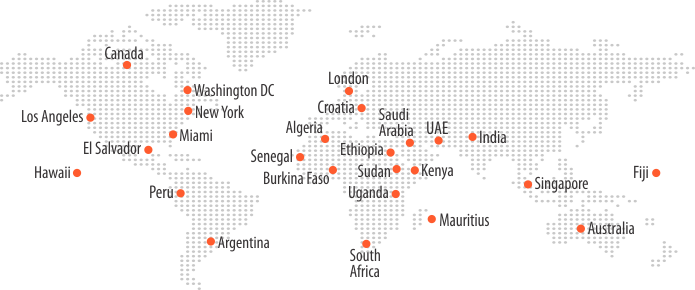Top 5 Trends in the Global Wholesale Carrier Industry

For over a decade now, the wholesale carrier business model has focused on offering a set of generalized services and products to connect customers with each other. However, this business model will no longer suffice with the drastic growth in next-gen network services. The rise of over-the-top (OTT) services such as WhatsApp, Skype, Facebook Messenger and the likes, as well as cloud and digital services, and expansion of Long Term Evolution (LTE) networks have generated a significant disruption in the conventional business providing wholesale VoIP carrier services. Based on a recent industry report, the global OTT market size is projected to reach $332.52 billion by 2025, growing at a CAGR of 16.7% from 2018 to 2025.
Furthermore, global wholesale carriers are finding several ways to grow revenue margins, and traffic as growth drivers in the telecom industry. To succeed in the market, wholesale VoIP providers need to take an intelligent approach, build new business models and service portfolio, and emphasize on differentiating their offerings to attract and retain customers in this digital era.
Let’s take a look at the key trends and key initiatives that are evolving in the carriers industry that wholesale VoIP providers should focus on –
Portfolio Expansion
Diversification is the need of the hour for an industry that is declining for the past few years now. Despite the drop, many wholesale carriers are expanding their services portfolio from Voice only to SMS, IoT Services, and the Unified Communication platform space. Thus, all voice carriers are expanding their portfolio and offering innovative digital services for better customer engagement.
Targeted Investments
With commoditization of wholesale VoIP carrier services, niche directs are the only differentiation you can establish. With this, carriers will invest in large amount to procure niche inventories and manage end-to-end gateways.
SBU Synergy
Carriers need to evolve as one-stop-shop entities for the global communication needs and there must be a synergy between all SBUs like International Voice, Messages and IoT services. It has been seen that many carriers are selling such services as a bundle to enterprise customers to achieve incremental revenues.
Mergers and Acquisitions
With the increase in M&As, we see a fair amount of consolidation happening in the industry. Bigger players in the carrier business are seeking inorganic growth by acquiring strategic carriers, that complement their existing value chain, reach and scale.
Pricing Structure
Since the evolution of EU or Non-EU origin-based pricing in 2015, various countries are coming up with different termination rates as per the country of origin of the voice traffic. With more tools and expertise available we see wholesale carrier businesses are adopting the same pricing models in many more countries.
In addition, with the evolution of technology, OTTs, Cloud based Unified Communication Platforms, Gig Enterprises are the new demand entities. Industry leaders are keen to focus on such new demand channels to accomplish incremental revenue.
With the emergence of such trends, we can expect the growth challenges of small carriers as they were sired to the voice business only. Diversification and innovation would certainly be the key for sustenance or growth of any carrier ahead of 2020.
Contributing Writer: Neha is a digital marketing evangelist with over a decade of marketing experience and currently overlooks the entire inbound marketing activities and manages the team. Connect with her on Linkedin.





